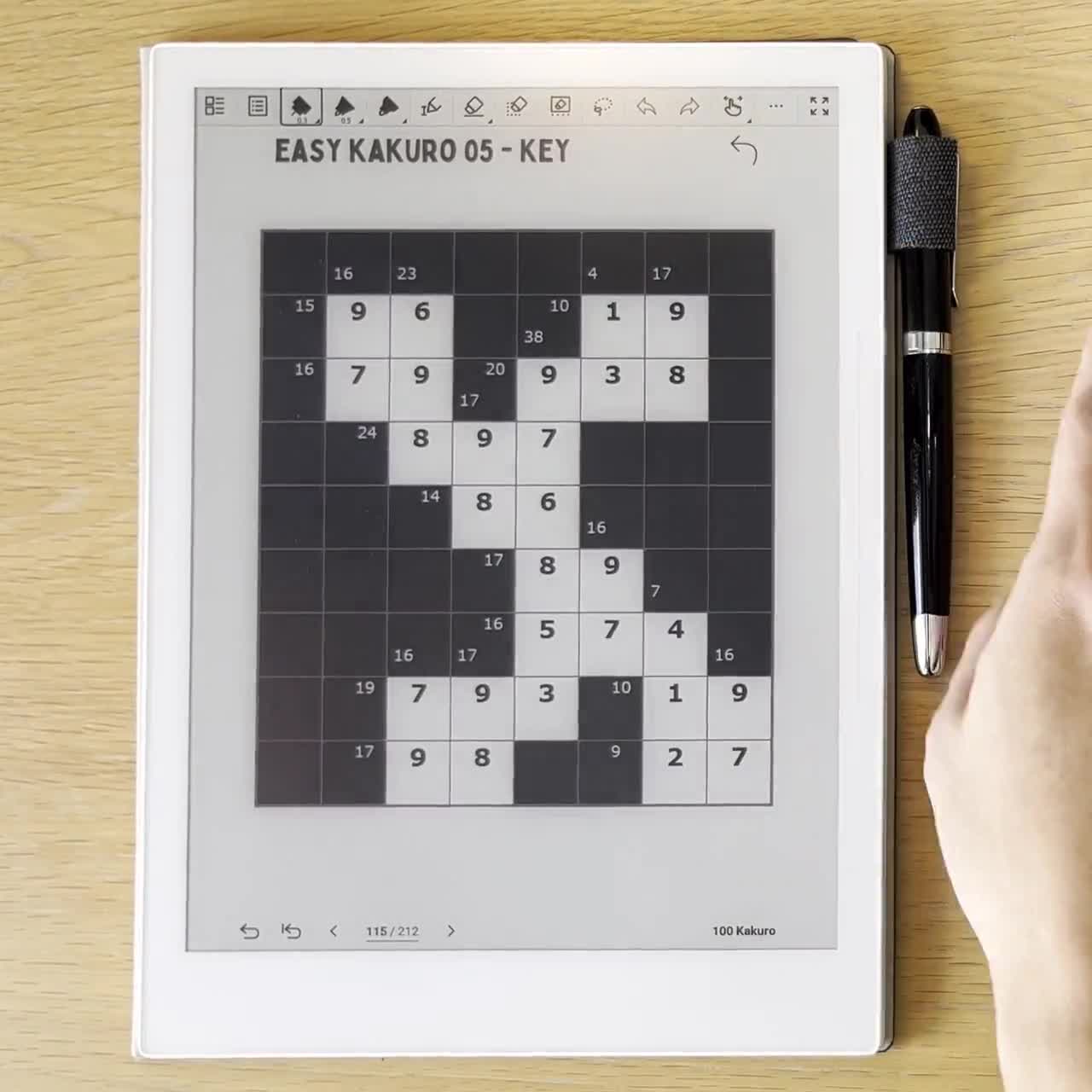Kakuro puzzles, often referred to as cross-sum puzzles, challenge both beginners and experienced players alike. While it’s a fun and rewarding game, certain mistakes can hinder progress or lead to frustration. Here are the top 10 mistakes players often make while solving Kakuro puzzles and tips on how to avoid them.
1. Not Understanding the Rules Fully
One of the most common errors beginners make is not fully grasping the rules of Kakuro. Each blank square must be filled with numbers 1 through 9, and no number can repeat in any horizontal or vertical block. Misinterpreting these basic rules can lead to early mistakes.
2. Overlooking Unique Number Combinations
Kakuro puzzles rely heavily on number combinations that add up to specific sums. Players often forget that for certain sums, there is only one possible combination of numbers that can be used without repetition. Not recognizing these unique combinations can lead to incorrect placements early in the game.
3. Focusing Only on Individual Cells
Another common mistake is focusing solely on individual cells rather than looking at the puzzle holistically. Kakuro is a game of patterns, and filling in one cell affects others. Players need to consider both horizontal and vertical sums simultaneously to avoid conflicts.
4. Guessing Numbers Too Early
Many players, both new and experienced, make the mistake of guessing numbers when they’re unsure of a solution. Guessing too early can lead to cascading mistakes that become harder to backtrack. Instead, always base placements on logic, not assumption.
5. Not Double-Checking Number Sums
A crucial step often overlooked is not double-checking the sums as they’re filled in. It’s important to constantly verify that your number combinations add up correctly, both horizontally and vertically. Small miscalculations in one area can throw off the entire puzzle.
6. Repeating Numbers in the Same Block
Since Kakuro rules state that numbers can’t be repeated within a block, players often forget to double-check this as they go. Accidentally repeating numbers in a sum block is a common error, especially in longer rows or columns.
7. Rushing Through Easy Sections
Sometimes, players rush through the easier sections of the puzzle, assuming they’re straightforward. This overconfidence can lead to small, avoidable errors. It’s important to treat every part of the puzzle with equal care and attention.
8. Ignoring Cross-Checking Opportunities
Kakuro allows for cross-checking between horizontal and vertical clues, which helps validate choices. Some players fail to use this to their advantage. Cross-checking ensures that the numbers placed in intersecting rows and columns work together correctly.
9. Failing to Track Your Progress
Keeping track of your work is essential in Kakuro. Some players don’t take the time to note potential number options in pencil or mentally track possible sums. Without tracking, it’s easy to lose sight of which numbers are still in play, leading to confusion later on.
10. Not Taking a Step Back
When frustration builds, players often continue trying to force solutions. This tunnel vision can cause more mistakes. The best approach is to take a step back, clear your mind, and come back to the puzzle with fresh eyes.
Conclusion
Kakuro is a puzzle of logic, patience, and attention to detail. By avoiding these common mistakes—whether it’s over-guessing, neglecting cross-checking, or failing to understand number combinations—you can solve puzzles more effectively and enjoy the process. Keep these tips in mind to improve your Kakuro skills and prevent frustration!









